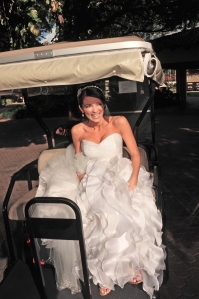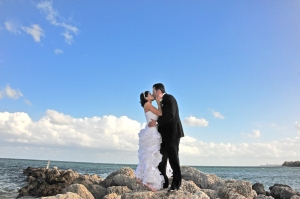 Wesley Hutchings, an executive in the automotive parts industry, recognizes the role nonprofits play in combating disease. The vice president of purchasing for Hutchings Automotive Products, SA LLP, Wesley Hutchings regularly donates to organizations such as the American Heart Association. Wes Hutchings is aware of the organization’s major contributions to the fight against heart disease.
Wesley Hutchings, an executive in the automotive parts industry, recognizes the role nonprofits play in combating disease. The vice president of purchasing for Hutchings Automotive Products, SA LLP, Wesley Hutchings regularly donates to organizations such as the American Heart Association. Wes Hutchings is aware of the organization’s major contributions to the fight against heart disease.
The American Heart Association emphasizes not only good cardiac health for patients, but also the importance of physical and mental health of caregivers. It is essential for caregivers to look after their own health in order to provide the best care for those with heart problems.
Caregivers should engage in routine physical activity and aim for at least 30 minutes a day of exercise. Doing so relieves stress and lowers cholesterol and high blood pressure. As a complement to exertion, caregivers should eat heart-healthy foods.
Caregivers also need to regularly engage in activities they enjoy, such as reading or listening to music. Finding a humorous movie or TV show is also beneficial, as laughter refreshes the body in many ways. It is also critical for caregivers to think positively. Every day, they should own up to their own limitations and strive not to hold on to guilt or anger. Instead, they should congratulate themselves on the job they do every day for their loved one.

















